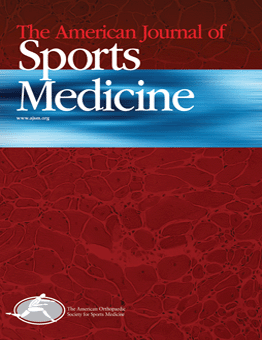
SHOULDER & ELBOW
High-frequency low-magnitude vibration does not improve retear rate in rotator cuff repair
Am J Sports Med. 2015 Nov;43(11):2774-82120 patients diagnosed with a rotator cuff tear undergoing arthroscopic rotator cuff repair were randomly assigned to receive a high-frequency, low-magnitude vibration treatment or a placebo treatment for 6 months following surgery. The purpose of this study was to investigate the effect of high-frequency, low-magnitude vibration on retear rate and to determine if this treatment provides any additional benefits over placebo treatment in terms of shoulder strength, range of motion or pain severity/frequency following surgery. No significant differences in retear rates were observed between groups at 6 months, and the application of high-frequency, low-magnitude vibration was found to provide no additional benefits over placebo treatment in terms of VAS pain scores, frequency of pain, severity of pain, shoulder strength, range of motion, or patient satisfaction, as patients in both groups demonstrated similar improvement in all parameters. It was noted that the application of vibration at 6 weeks had a significant effect on acute pain.
Unlock the full ACE Report
You have access to {0} free articles per month.Click below to unlock and view this {1}
Unlock NowCritical appraisals of the latest, high-impact randomized controlled trials and systematic reviews in orthopaedics
Access to OrthoEvidence podcast content, including collaborations with the Journal of Bone and Joint Surgery, interviews with internationally recognized surgeons, and roundtable discussions on orthopaedic news and topics
Subscription to The Pulse, a twice-weekly evidence-based newsletter designed to help you make better clinical decisions
Exclusive access to original content articles, including in-house systematic reviews, and articles on health research methods and hot orthopaedic topics
Or upgrade today and gain access to all OrthoEvidence content for just $1.99 per week.
Already have an account? Log in


Subscribe to "The Pulse"
Evidence-Based Orthopaedics direct to your inbox.
{0} of {1} free articles
Become an OrthoEvidence Premium Member. Expand your perspective with high-quality evidence.
Upgrade Now












































































